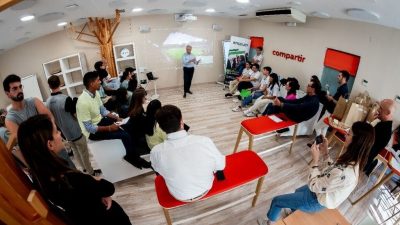RL is a branch of Machine Learning (ML) or automatic learning, characterized by its ability to learn and adapt through interaction with the environment.
This overview will allow us to understand how ML can overcome the limitations of other Machine Learning methods. In the second part, we will focus on the more technical aspects, explaining in detail the fundamental components of ML and the most commonly used algorithms in this discipline.
Why Reinforcement Learning?
Artificial intelligence (AI) is increasingly present in our daily lives, from the way we interact with our devices to how decisions are made in various industries. Broadly speaking, AI refers to systems or machines that mimic human intelligence to perform tasks and improve with experience.
A key branch of AI is Machine Learning, which develops algorithms that enable machines to learn from data. However, traditional ML methods have some limitations. They need a lot of specific, preclassified data (labeled data), work well only in predefined situations, and cannot easily adapt to unexpected changes or new environments.
This is where Reinforcement Learning (RL) stands out for its ability to adapt and perform in dynamic and complex environments, learning based on interaction and maximizing long-term results.
For example, in autonomous driving, RL enables vehicles to learn to navigate their environment and make driving decisions by continuously learning from real experiences. In robotics, RL is used for robots to learn from simple tasks, such as grasping and manipulating objects, to more complicated tasks, such as navigating complicated environments efficiently and accurately. In the world of video and board games, RL algorithms learn to play complex games such as chess or Go, even outperforming professional players.
These are just some of the innovations that demonstrate how Reinforcement Learning can address complex tasks and adapt to dynamic environments, highlighting its applicability in various industries.
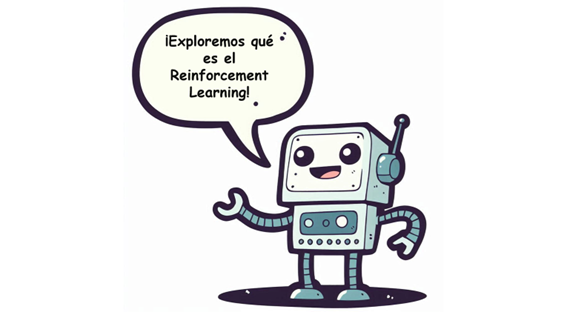
What is Reinforcement Learning?
Imagine you are teaching a dog to perform tricks. When you ask him to sit and he does it correctly, you give him a treat as a reward. If the dog does not sit, he gets no treat. Over time, the dog learns which actions get him rewards and which don’t, adjusting his behavior to maximize the amount of treats he receives.
Reinforcement Learning works in a similar way: it is a branch of Machine Learning that trains an agent (in this case, the dog) to make decisions in its environment and optimize the accumulated rewards (the treats).
This method is based on interaction: the agent makes decisions, receives rewards or penalties according to its actions and adjusts its behavior accordingly. This methodology, which replicates the trial-and-error learning process used by humans, allows agents to learn autonomously and adaptively, improving their performance over time.
To better understand how Reinforcement Learning works in a real situation, let’s consider the example of an autonomous car. At the beginning, the car has a basic understanding of its environment and its rules, such as staying in the lane and respecting traffic signs. During the training phase, the car performs thousands of driving simulations. If the car performs a correct action, such as braking at a red light, it receives a reward in the form of positive data. If it makes a mistake, such as not stopping for a pedestrian, it receives a penalty.
Over time, the car adjusts its decisions to maximize rewards and minimize penalties. This process is repeated in many simulations and, eventually, in real-world tests. Over weeks and months, the autonomous car improves its ability to navigate safely and efficiently in different environments, learning to react to unexpected situations, such as sudden changes in traffic or adverse weather conditions. This continuous, adaptive learning is what makes Reinforcement Learning especially powerful for dynamic and complex tasks.
What are the advantages?
The use of Reinforcement Learning has numerous advantages.
As we have just seen, it excels in complex environments with many rules, as the models adapt and react quickly to changes in dynamic environments, finding new strategies to maximize results.
Furthermore, RL focuses on maximizing long-term rewards, which makes it especially useful in scenarios where actions have prolonged consequences. Returning to the example of autonomous driving, a car trained with RL not only learns to brake at a red light, but also optimizes its route to minimize travel time and fuel consumption throughout the entire journey.
Finally, unlike traditional Machine Learning algorithms, Reinforcement Learning does not require labels on the data. In traditional methods, the input data must have a defined output, as in a set of images of cats and dogs where each image is correctly labeled as “cat” or “dog”. In contrast, in Reinforcement Learning, the model is able to learn on its own from interaction with the environment, which reduces the need for human intervention to train it.
Key applications of Reinforcement Learning
Autonomous vehicles
RL helps autonomous vehicles learn to navigate and make driving decisions by continuously learning from real-world experiences. For example, Tesla cars use RL along with other Machine Learning techniques to improve their autonomous driving system. These vehicles collect data from millions of miles driven by their users, allowing the system to learn from many real traffic situations and adjust its algorithms in real time.
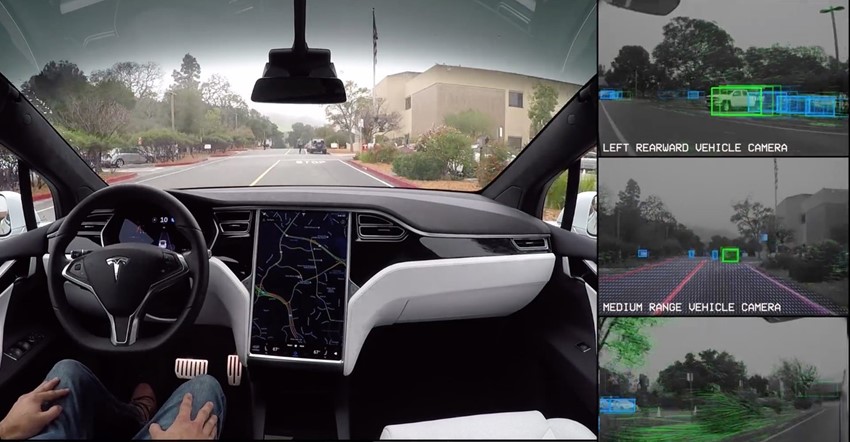
As a result, vehicles can effectively adapt to new situations and changing road conditions, such as the presence of unexpected pedestrians or adverse weather conditions.
Robotics
Robots use RL to learn to perform tasks such as grasping objects or navigating through environments through trial and error. For example, Boston Dynamics’ robots use RL to improve their balance and mobility, enabling them to perform complex tasks such as opening doors, walking over uneven terrain with precision or… they can even perform acrobatics!
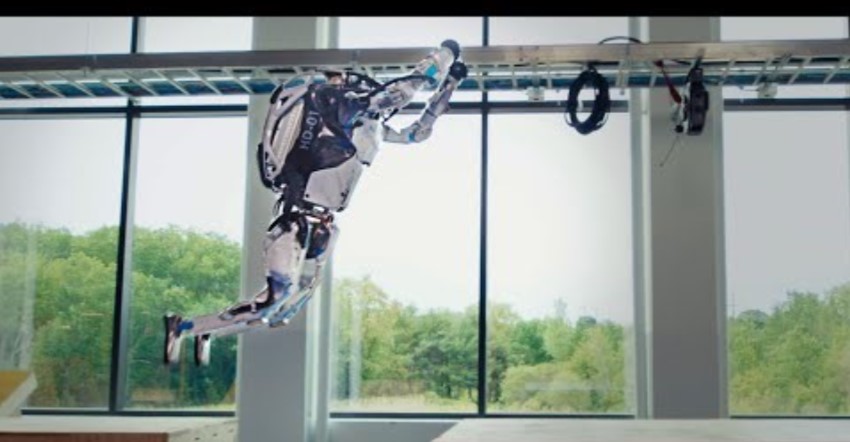
Another example is Amazon’s robots, which use RL to optimize the process of picking and placing products in distribution centers. In the following video, you can see how these robots work with precision and efficiency.
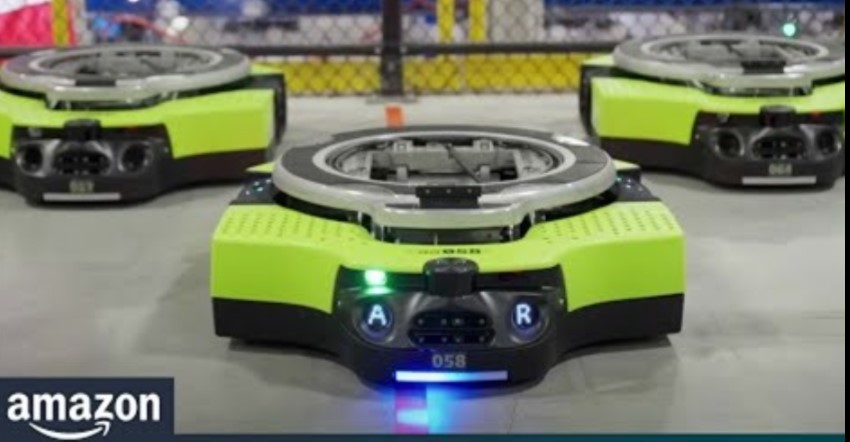
Personalized marketing
RL is also used to optimize product recommendations and offers for customers. For example, some platforms such as Amazon and Netflix use RL to analyze user behavior and continuously adjust product or content suggestions.
Spotify uses RL to create personalized playlists and suggest new songs to users based on their listening habits and music preferences. If you like the song Spotify recommends and hit the ‘+’ sign, you would be rewarding the algorithm for its good work. If, on the other hand, you don’t like it and move on to the next song or hit the ‘-‘ sign, you would be penalizing it.
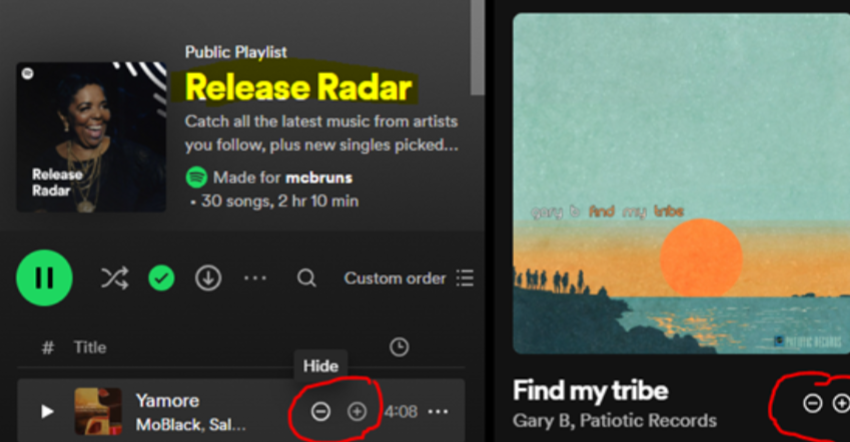
Advertising platforms such as Google Ads also use RL to show more relevant ads based on user behavior on the internet. If you are shown an ad for something you are interested in and click on it, the algorithm is rewarded. If you don’t, it receives a penalty.
Video games
RL algorithms learn to play complex games such as chess or Go by playing millions of games and adjusting their strategies. The best known case is Google DeepMind’s AlphaGo, which in 2015 beat the world champion in Go, considered the most difficult game in the world, after extensive training and game analysis.
If you are interested in the subject, I recommend you to watch the documentary that tells the story of AlphaGo, from its creation to its real game against the world Go champion. It is not only extremely interesting, but also exciting and entertaining: Watch documentary.
RL integration with Generative AI and LLMs
Recent advances have enhanced RL by integrating it with large-scale language models (LLMs), such as the well-known ChatGPT developed by OpenAI.
An example from just a few months ago is Figure AI’s Figure 01 humanoid robot, which uses RL to learn and improve its motor and navigation capabilities through a process of trial and error. By integrating LLMs, an additional layer of intelligence is added that allows the robot to understand and respond to natural language commands.
This means that not only can it perform physical tasks with precision, but it can also interact with humans in a surprisingly intuitive and fluid way, as you can see in the following video.
In the video, we can see how when you give it a verbal instruction, the LLM interprets the command and the RL adjusts the robot’s actions to accomplish the task. If you ask it to give you something to eat, the LLM understands the request and the RL allows the robot to learn the best way to locate, pick up and give you an apple. This relationship between RL and LLMs makes Figure 01 an adaptive robot, capable of communicating with humans and continuously learning.
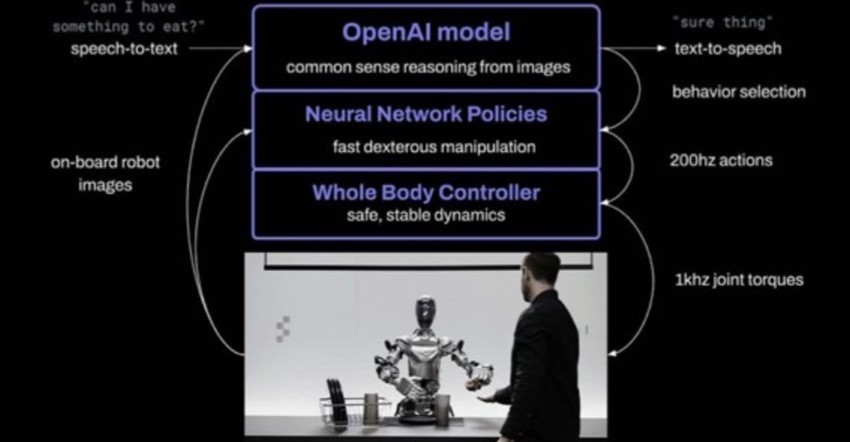
Conclusions
In this first part, we have seen how Reinforcement Learning (RL) provides an effective way to learn and adapt in dynamic and complex environments. Not only because of its ability to operate without labeled data, which reduces the need for human intervention in training, but also because of its focus on maximizing long-term rewards, which is especially advantageous in scenarios where decisions have prolonged consequences.
We have explored concrete examples where RL is used to improve efficiency and adaptive capabilities, from autonomous cars that navigate in varying conditions to robots that learn to perform complex tasks through continuous interaction with their environment. In addition, the integration of RL with large-scale language models opens up new possibilities for the creation of more intelligent and adaptive autonomous systems, capable of interacting with humans in a more natural and efficient way.
In the second part, we will delve into the technical aspects of RL, exploring its key components, Markov decision processes, the trade-off between exploration and exploitation, and the different types of RL algorithms. This technical understanding will allow us to better appreciate how to address current challenges and maximize the potential of RL in various applications.

